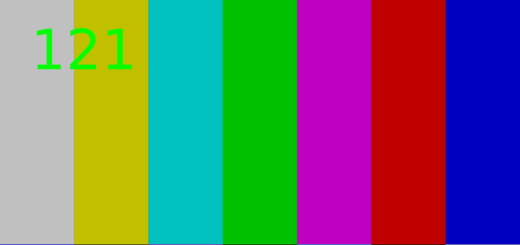Creative Control in Modern Television
Art is born out of struggle. In television’s case which people view through their home av on occasion, the best shows are memorable almost solely for having intense differences within their creative cycle. It’s the way of the world; the necessary tug-of-war between “good” (the creators) and “evil” (those visionless suits who just need to sell, sell, sell). What would happen if the “evil” half was taken away, with the justice-like balance thrown out of whack? What happens to the inherently collaborative art of film and television when it’s developed with “complete creative control”? Perhaps the question isn’t what will happen, but instead what is the value for the property, creatives, and audiences alike. Tune into the next paragraph to find out.
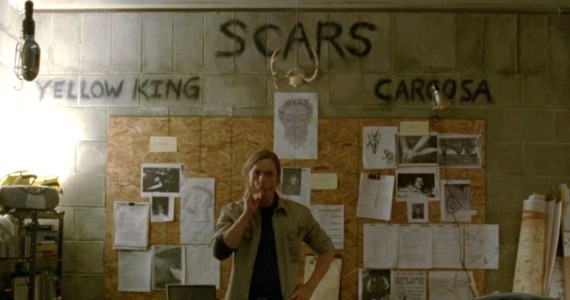
Me psycho-analyzing every episode of VICE PRINCIPALS
Film and television differ in the notion of “independence” in work. Film is and can always be made on truly independent levels. The definition of cinema is always stretching, which is the beautiful part of its existence. Television, on the other hand, has been built up and supplanted within a traditional structure, with many watching from home, on their sofa, with their family, with Dish TV packages, etc. since its birth: serialized episodic storytelling, involvement with brands and bigger corporations from all angles, and a subtle urge for consistency with a general fear for change. Things changed for television with the Internet. Not only did series creators step into the same light as cinematic auteurs, but their interaction with fans quadrupled in importance. No longer are shows and showrunners catering to big ideas of “what viewers want,” but instead they cater to the viewers themselves. A lot of the most popular ‘television’ shows now exist on the internet, thanks to services like Netflix and Hulu. These streaming services are now available all over the world, with Hulu Canada being one example. There are so many TV shows and movies that are available online now, that can be enjoyed from anywhere in the world. However, this is not to say that there isn’t still an abundance of quality television on cable networks. However, depending on the cable tv providers in my area, I may not be able to access all of these shows. If this is true for you, you may want to look into ways of changing or upgrading your cable provider so that you get all of the shows you want whenever you want them.
The internet literally took television off of television and made it slightly more democratic, particularly when it comes to shows driven by fan appreciation of the creators and their content. The so-called “Television Renaissance” of the past few years has viewers excited for new projects by specific showrunners, writers, producers, and directors, like Vince Gilligan, Jenji Kohan, Noah Hawley, Lena Dunham, Damon Lindelof, Shonda Rhimes, and so many others. Audiences became heavily vocal about the voices they like, and they haven’t been ignored entirely. Twitter and sites for discussion and analyses became the new watercooler. Everyone with an online presence can relate with their appreciation, or even obsession, with a show and its characters. Various shows have already been rebooted or given home away from the traditional airwaves because of fan appreciation and demand (FULLER HOUSE, THE MINDY PROJECT, GILMORE GIRLS, ARRESTED DEVELOPMENT), charted and measured through streaming roll-outs of past shows with varying levels of cult followings. The whole field has become so much more open that it’s important to be vocal about the things you like, and the things you don’t.
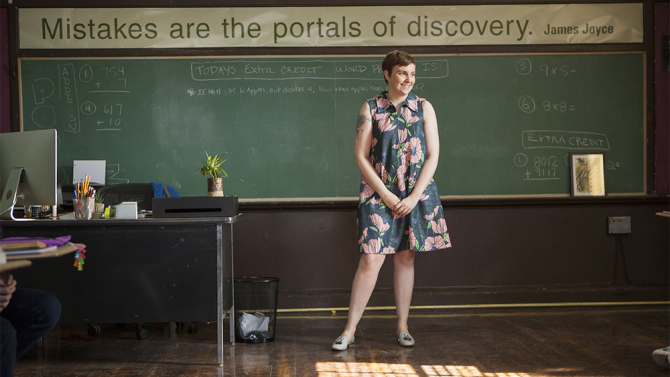
“Lena Dunham” – Rocky Pajarito
All of this goes without saying that, somewhat unlike independent cinema, television is still an art and business executed behind a boggling amount of doors. The open landscape can’t grant all wishes (FIREFLY and PARTY DOWN are chief among beloved properties that haven’t fully come back to life, despite demand). The playfield offers, instead, more space for trying things out. This isn’t to say that everything will work, but it all helps expand what’s possible, as well as what’s possible to like and love. Audiences are getting smarter and smarter, and don’t want to be spoon fed their entertainment or thematic gain from the shows they enjoy.
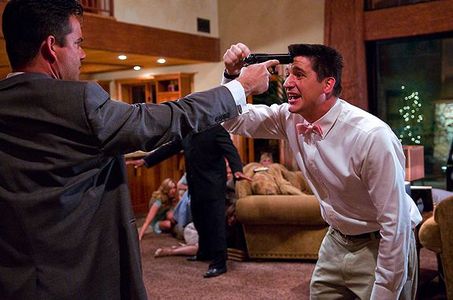
Me @ Starz Headquarters for a General Inquiry Meeting
Let’s look at a particular case with NBC and one of its Showrunners. COMMUNITY’s Dan Harmon was fired after his third season, only to have his show taken over by new showrunners. Fans of COMMUNITY tended to watch not only for the characters, but for how Dan Harmon understood and portrayed his characters. They noticed a different taste in the water with season four, and it nearly killed the show. But the people spoke, and Harmon was allowed to return for season five, which ended up being its last on television. In true “auteur for television” form, COMMUNITY was given one last home on Yahoo! Screen, one of the final kicks and screams of Yahoo to create a streaming service a la Netflix, Hulu, etc.
It’s 100% noticeable in COMMUNITY’s time on Yahoo that Dan Harmon had complete and utter control over the show again, even more so than when he was at NBC. The show took weirder turns, for darker and more heartbreaking interests; it was Harmon’s vision brought to an extreme end. Surely NBC wouldn’t okay a whole episode dedicated to LAWNMOWER MAN references, or doing full-on, untethered music video/dance sequences, or doing a fake, meta commercial for the COMMUNITY Board Game that ends with a discovery of a script for said commercial, and then ventures into a deeply existential monologue about existence and a lack of God, followed by a disclaimer criticizing COMMUNITY’s own unique elements, or flaws, that then criticizes the fact that Dan Harmon wrote this joke, and that his therapist told him it was unhealthy, and that his working on COMMUNITY distanced him from those that he truly loved… you know, that old gag. Regardless of how audiences felt with its unregulated nature, it was undoubtedly the auteur theory brought to episodic television in full completion. Was it the best season? Perhaps not, but it has the most freedom, and maybe that’s what audiences and creators alike appreciate most about these new waters fit for captains with their own ideas.
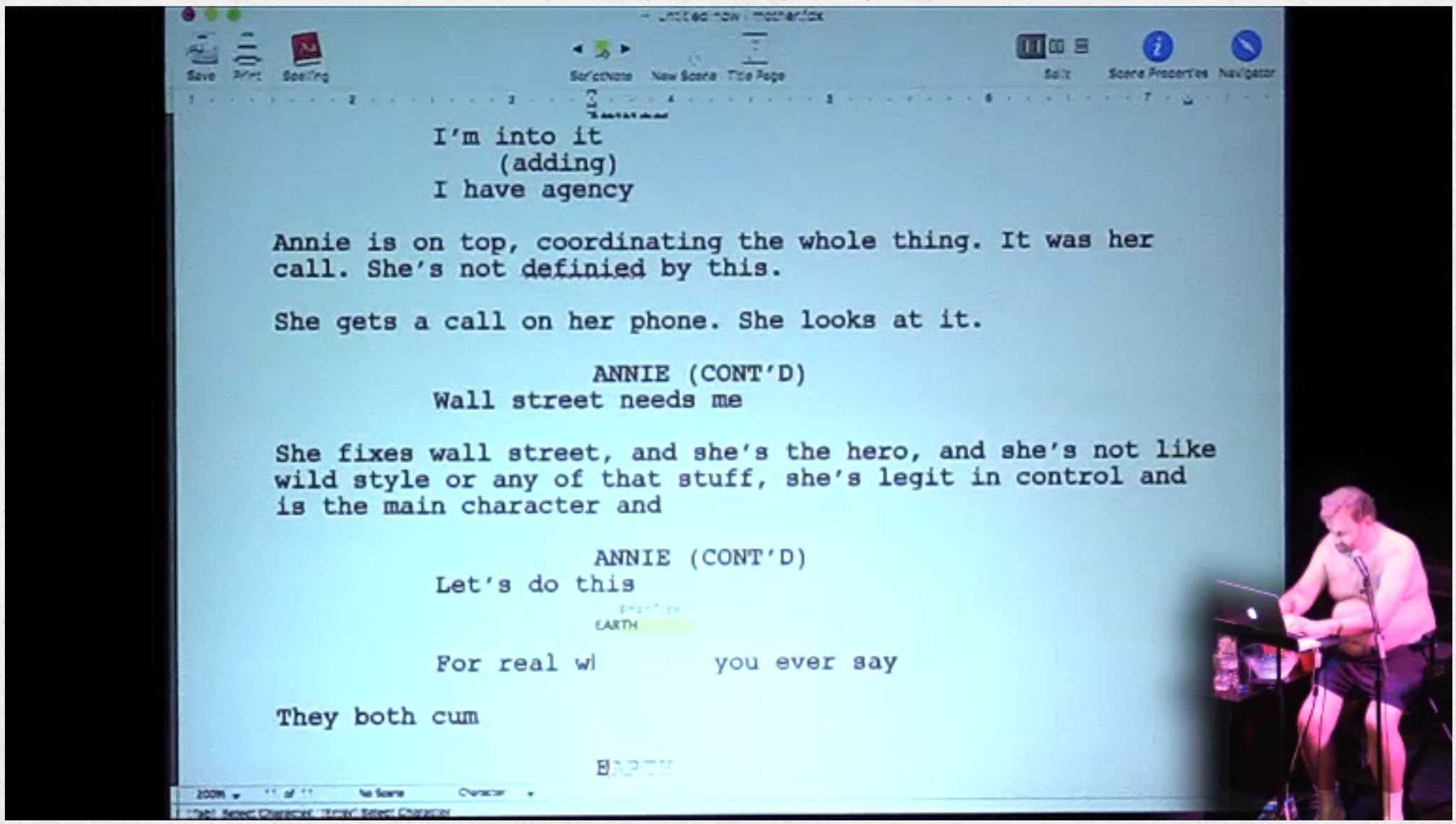
It’s dark fun, mining enjoyment out of what’s ostensibly Dan Harmon’s “rock bottom”
Again, the true spoils of “creative control” are yet to be unearthed. For example, ARRESTED DEVELOPMENT’s fourth season, its first as a Netflix Original, was bold but definitely considered divisive and clumsy amongst audiences, either for its segmented-by-character episodes or its new, longer runtime. New formatting had the show struggling and stretching simultaneously. It’s a risk to bring a show to new, slightly less unburdened heights (perhaps adding even more tension because of said freedom). Still, this new approach hurdled into the scene just as anthology shows like BLACK MIRROR and AMERICAN HORROR STORY came into vogue, trying out different story arcs per episode, or even per season. Those shows also struggle in trying out new things, but when creators stumble upon something that works, viewers are adamantly vocal about it.

Honestly, this “Renaissance” just means the shows are more terrifying and depressing… WHICH IS GREAT
So experimentation can work, thanks to a vocal audience guiding it toward success and possibility. Still, these shows have a sort of faux-structure to their development. Netflix, Hulu, and Amazon can be incredible hosts that are relatively hands-off, but they’re not perfect, and neither is the content. What happens when someone of caliber goes completely off the grid of networks, producers, and so forth to make their own show with complete and utter, undisputable creative control?
Louis C.K. wrote, directed, produced, and distributed a 10-episode dramatic miniseries, HORACE AND PETE, completely with his own money and favors from friends, released on his website through his production company. No help from studios or investors or anything, C.K. went in with a punk rock attitude, letting HORACE AND PETE go completely under the radar up until (and even slightly through) its release. His fans simply received an email with a link to the first episode. Week by week, the subsequent episodes were released, each one with C.K. digging his heels deeper and deeper into an antiquated, inspired style that no network short of HBO or even his home network FX would let him consider trying. This is what every creator actually dreams of; this is complete creative control. In this case, a lot of audiences consider it a success, though it should be said that it sure had a nice hand of cards before diving into business.
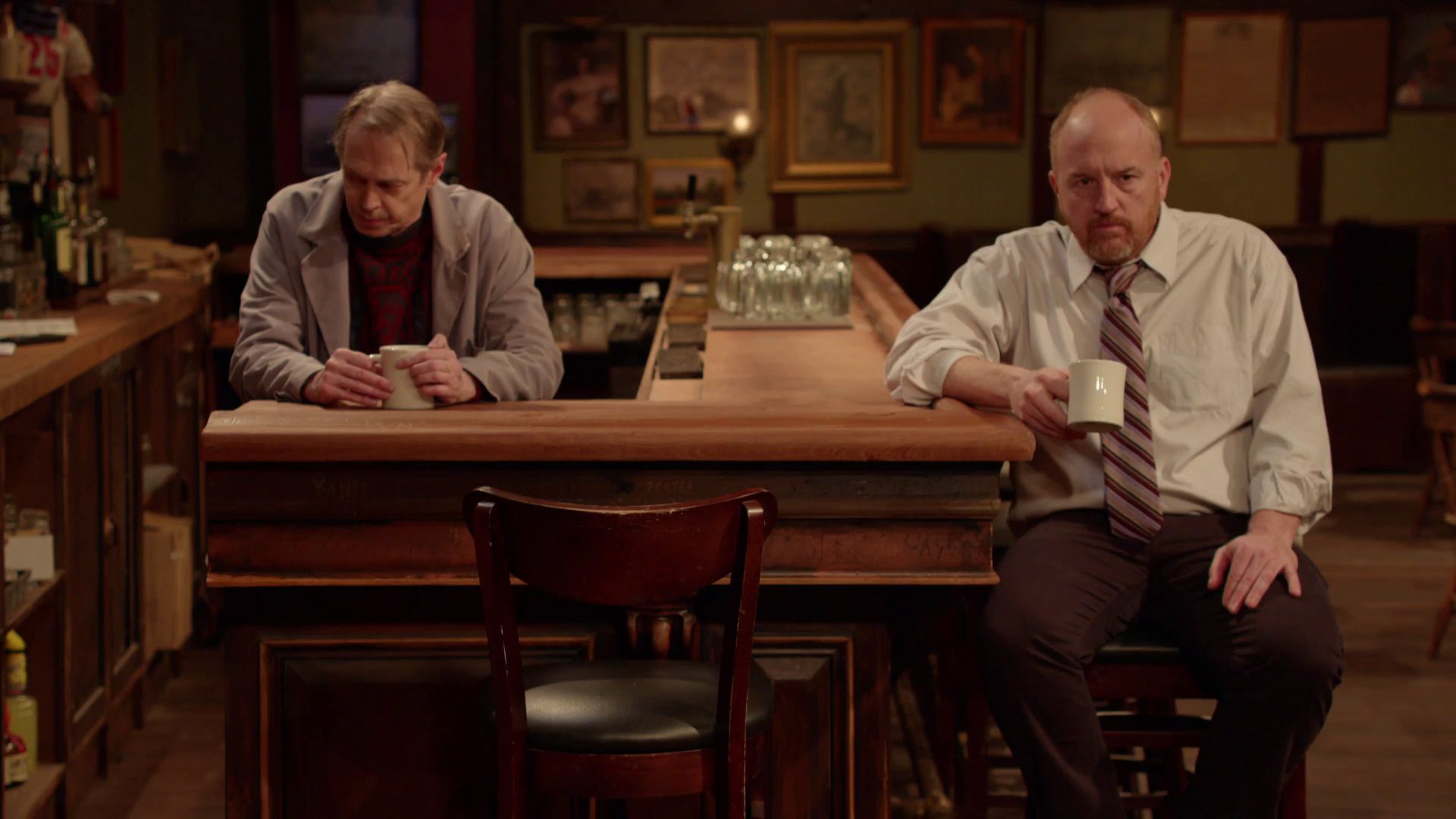
THINGS CONSIDERED “PUNK ROCK” HAVE NEVER BEEN THIS…miserable
It feels fair to play the devil’s advocate here: Does TV get better with more creative control, or can it be too wild and loose, perhaps settled in artistic indulgence? Maybe it’s good to have a little restraint or structure, a golden handcuff creatively and logistically. Or even simpler, consider the benefit of other perspectives. Perhaps an artist untested may reap the rewards of an artist simply standing still. The answer, as always, is a little complex, and a little bit of both. The world of television and art in general will continue to grow. Audiences will continue to splinter off into niche corners, while the mainstream will continue to exist; it just won’t continue to be the only thing we’re forced to see.
Television is taking a cue from independent cinema. Yes, there is and perhaps always will be a certain “height” to strive for (though even NBC and FOX are struggling with picking and keeping good new shows), but that doesn’t take away the fact that anyone could create anything to share with the people who would enjoy and appreciate it now. It takes a little help, but it’s possible. It can bring audiences and creators closer together, blurring the lines. These shows help create homes within the heart of their viewers and can inspire viewers to make their own. Yes, the landscape is messy and can be unregulated. Whether that’s good or bad for the art and its content cores is still hard to say. But the influx of unique creativity from all corners is comforting, in that it can be easier to find the boat or boats that are just right to rough the seas of art, and even life, from within.



